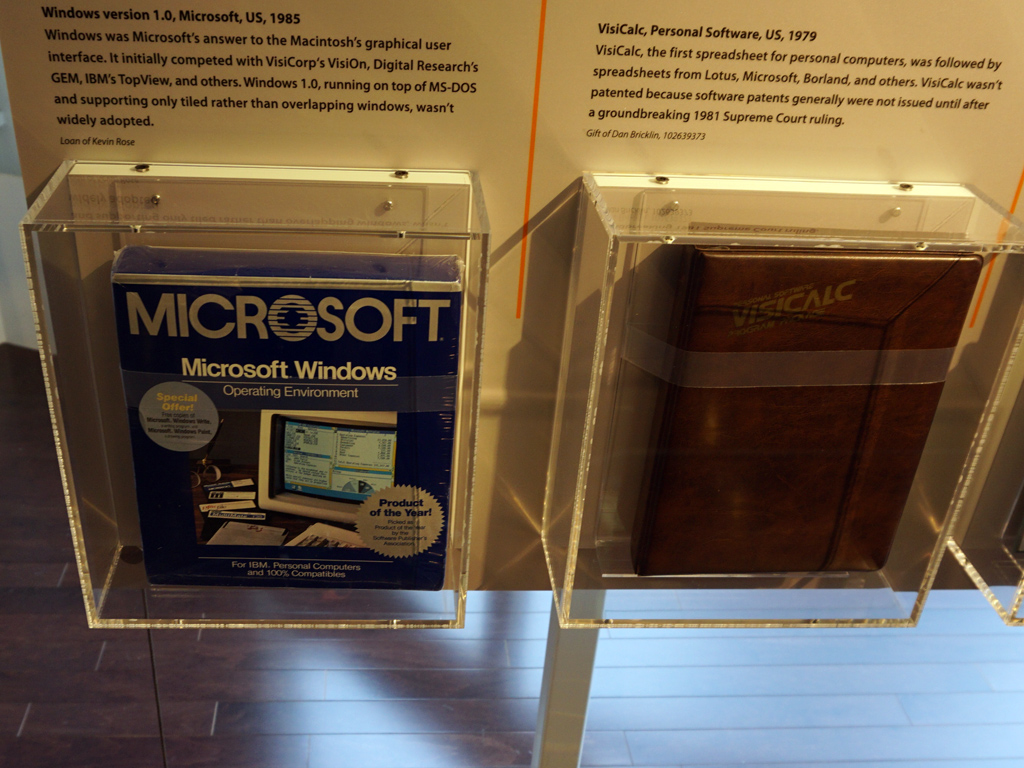Computer History: From The Antikythera Mechanism To The Modern Era
In this article, we shed light on the most important moments in computer history, acknowledging the people that have contributed to this evolution.
VisiCalc's Revolution And IBM's Entrance Into The Personal Computer Market
In the early microcomputer days most users had to write their own programs, because there was nothing available on the market. As you can imagine, this prevented many people from buying a computer, since they couldn't do anything with it unless they were experienced programmers. This is the main reason behind the huge success of VisiCalc, introduced in 1979. VisiCalc was a spreadsheet program, like today's Microsoft Excel, and was initially written for the Apple II by a Harvard student. Thanks to VisiCalc, the sales of the Apple II computer skyrocketed.


VisiCalc's huge success sparked the development of other programs, and so began the birth of the software industry. VisiCalc was ported to a variety of platforms and managed to transform this era's microcomputers to business machines. In 1981, IBM used this opportunity to enter the personal computer market as well. Eventually, VisiCalc was superseded by IBM's Lotus 1-2-3, which was developed by a former VisiCalc employee and took full advantage of the PC's abilities.
IBM's Entrance Into The Personal Computer Market
Until 1980, IBM had established its presence in the large-scale computer (mainframe) market, however it had no products to show in the quickly evolving microcomputer market, except for the unsuccessful portable IBM 5100 released in 1975. Since the microcomputer market had lots of potential, IBM wanted a share of the pie.
During the summer of 1980 IBM contacted a small company called Microsoft to develop an operating system for IBM's new PC. In the end, IBM decided to ship its first PC with two additional operating systems, the widely known CP/M-86 (Control Program for Microcomputers) and the UCSD p-System. However, Microsoft's MS-DOS (Microsoft Disk Operating System) would ultimately prevail.
The agreement between IBM and Microsoft for the operating system offered huge gains to Microsoft, which even the IBM executives failed to see. This helped Microsoft become a leader in the software market in a very short period, especially after the release of the first windowed operating system we all know as "Windows."
The secret project for the construction of the first IBM PC was named "Project Chess," and the PC itself was called Acorn. A total of 12 IBM engineers, also called the "dirty dozen," undertook the construction of the Acorn PC and showed it to the public in August 1981, with the name IBM PC (Personal Computer). From this moment on, the term PC, although it was already in use, became highly popular and it is used now to describe majority of computers.
The IBM PC, or IBM 5150, was equipped with the Intel 8088 CPU, which was introduced in 1979 and featured an 8-bit external data bus and 16-bit registers. The CPU was clocked at 4.77 MHz, and the IBM 5150 could be equipped with up to two floppy drives (5-¼"). To further reduce cost, the PC could be connected to a common television, and a cassette recorder could be used for data storage purposes. The price of an IBM 5150 equipped with 64 KB of RAM, a single 5-¼" drive and a monitor reached $3,000; the more affordable version without the drive and the monitor and only with 16 KB RAM was priced around $1,600.
Get Tom's Hardware's best news and in-depth reviews, straight to your inbox.
MORE: Tom's 20th Anniversary: A Retrospective With The Editors-in-Chief
Current page: VisiCalc's Revolution And IBM's Entrance Into The Personal Computer Market
Prev Page Commodore PET And TRS-80 Next Page ZX SPECTRUM: The Home Computer Era Begins
Aris Mpitziopoulos is a contributing editor at Tom's Hardware, covering PSUs.
